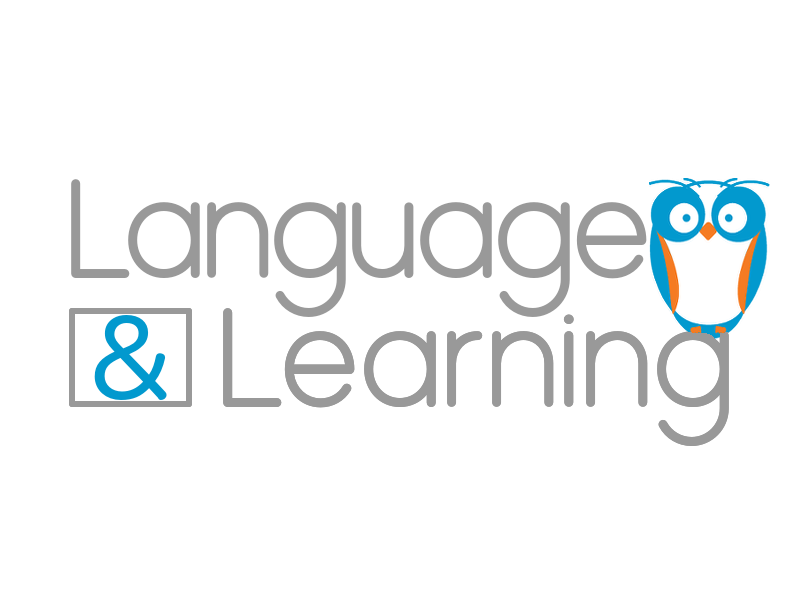Speech Sound Production Disorders
Articulation and Phonological Disorders
A speech sound disorder occurs when a child consistently incorrectly produces certain speech sounds beyond the age at which it is developmentally appropriate. At times, speech sound errors continue into adolescence and adulthood. While speech errors may occur as an aspect of another disorder, isolated speech sound disorders occur developmentally.
Individuals with articulation disorders may substitute, distort, delete, or add speech sounds, making their speech difficult to interpret. Whether or not a speech sound error is developmentally appropriate depends on the error being made as well as the child’s age and gender. Follow this link to a chart of speech sound development milestones to determine whether your child may require intervention.
An individual with a phonological disorder produces speech errors that can be classified as a particular an error pattern. Phonological processes are typical as a part of development for children age 5 and under. For example, deleting weak syllables (e.g., saying teffone for telephone) is a typical pattern for children of a certain age. However, various phonological processes may persist later into childhood, at which point a diagnosis may be warranted. Follow this link to a chart of phonological process milestones to determine whether your child may require intervention.
Some children with speech sound errors that persist beyond typical developmental milestones will eventually develop these speech sounds on their own, but some will require intervention. Due to their difficulty being understood or negative reactions from others, speech sound disorders may have emotional impacts, such as frustration or embarrassment. The individual with a speech sound disorder may avoid speaking situations and have difficulty functioning socially, academically, or professionally as a result of their difficulty being understood and/or the associated emotional impacts.
In order to diagnose a speech sound disorder, a speech-language pathologist at Language & Learning will assess speech sound errors and oral-motor skills, as well as observe language skills. If diagnosis of a speech sound disorder (articulation disorder or phonological disorder) is warranted, the speech-language pathologist will develop a treatment plan to correct error speech sounds or patterns. This will typically include selecting error sounds and patterns, providing direct, multisensory instruction for production of sounds and rules, auditory discrimination of correct productions, and structured rehearsal of correct production in increasingly difficult phonetic and communicative contexts.
Motor Speech Disorders
Motor speech disorders involve the inability to plan and coordinate the motor movements required for speech due to disrupted neurological signals. These disorders include apraxia of speech and dysarthria.
Apraxia of speech may be acquired (caused by damage to the parts of the brain responsible for speech movements) or developmental (present from birth, also known as childhood apraxia of speech). Despite knowing the word they would like to say, individuals with apraxia of speech are unable to coordinate the motor movements necessary to sequence and combine the sounds and syllables within words. This often results in erroneous sounds and movements as they attempt to produce the word. Typically, individuals with apraxia of speech will have difficulty with lengthy and/or complex words. They also have inconsistent intonation and speech errors, meaning their errors may vary instance-to-instance or day-to-day. Apraxia of speech (both developmental and acquired) may occur concomitantly with other communicative disorders, in which case, the ability to communicate may be further inhibited both receptively and expressively, and in both verbal and written modalities. In isolation, apraxia of speech does not impact the ability to understand language; therefore, individuals with apraxia of speech may understand others at a much higher level than they are able to express themselves. As a result, they may experience a high level of frustration due to their inability to motorically produce their intended message, as well as their ability to understand others at a higher level than they are able to communicate. Depending on severity, the expressive difficulties caused by apraxia of speech may impact communication to different extents. For example, while some may be entirely unable to communicate through speech, others may only have difficulty with complex multisyllabic words.
If apraxia of speech is suspected, a speech-language pathologist at Language & Learning will examine oral-motor skills, including the ability to: produce a variety of nonverbal and verbal motor movements, sequence and vary sound/syllables/words, vary intonation (pitch and volume) when speaking, and produce speech sounds. This evaluation will allow the speech-language pathologist to determine whether or not a diagnosis is warranted, and if so, its nature and severity. Following diagnosis of apraxia of speech, a speech-language pathologist will target planning, sequencing, and coordination of oral-motor movements. Similar to the “muscle memory” required in other activities such as sports training, repetitive practice with areas of difficulty for the client (ranging from individual sounds to multisyllabic words within contextual language) can help teach the necessary coordinated movements required for speech. Additionally, strategies such as pacing, over-articulation, and visual/tactile cueing are explored and implemented depending on their effectiveness and necessity for the individual client.
Dysarthria, similar to apraxia of speech, may be acquired or congenital, and impacts the motor movements required for speech. Dysarthria may impact speech articulation, intonation (pitch and volume), voice, resonance, and respiration. Various types of dysarthrias are diagnosed depending upon the specific characteristics shown. Individuals with dysarthria are often difficult to understand due to speech that is segmented, slurred, slow, cluttered, muffled, gravelly, or breathy. They may also exhibit irregular intonation or mouth movements.
If dysarthria is suspected, a speech-language pathologist at Language & Learning will examine oral-motor structure and function, respiration, phonation, oral agility, and speech intelligibility at various levels, ranging from phonemes to conversation. This evaluation will allow the speech-language pathologist to determine whether or not a diagnosis is warranted, and if so, its nature and severity. Following a dysarthria diagnosis, a speech-language pathologist will work toward improving implicated skills as well as implementing compensatory strategies. For example, treatment may involve voice therapy techniques, improving respiration, modifying rate of speech, enhancing oral-motor movements and strength, targeting specific speech sounds, and/or training with nonverbal communication methods.
